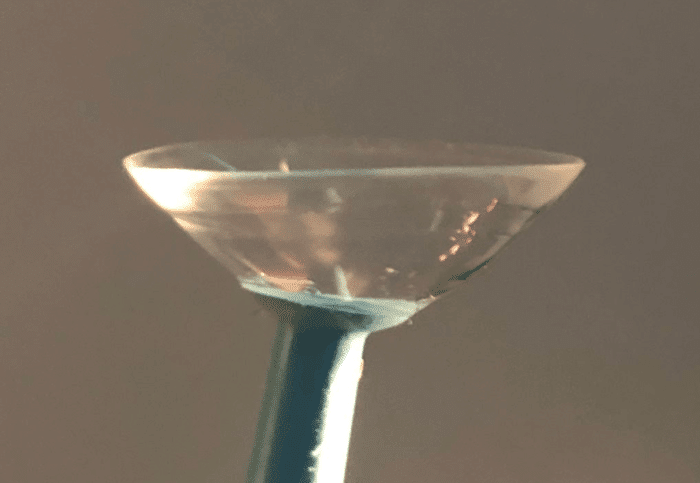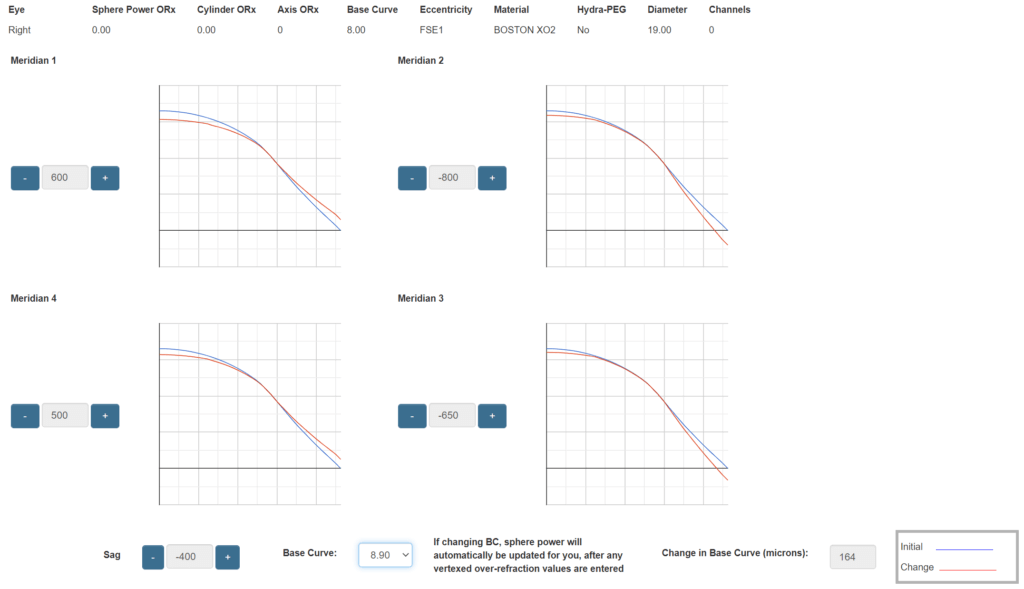About PROSE Treatment at the Cornea and Laser Eye Institute:

Founded in 1995, the Cornea and Laser Eye Institute in Teaneck, New Jersey is dedicated to clinical care and research in cornea disease and refractive surgery. In 2002, the CLEI Center for Keratoconus was formally inaugurated, it is recognized worldwide and is a one of the nation’s only sub-specialty centers completely focused on treatment and research in keratoconus. The center’s contribution to keratoconus management has included the FDA approval of corneal collagen crosslinking in the US as well as many seminal papers on keratoconus treatment. Most recently the PROSE clinic at CLEI was founded to aid patients with severe corneal and ocular surface disease.
The Cornea and Laser Eye Institute is directed by Dr. Peter S. Hersh, a graduate of Princeton University, Johns Hopkins Medical School, and Harvard Medical School’s ophthalmology residency and corneal surgery fellowship programs.
The PROSE Clinic at CLEI is directed by PROSE clinical fellow, Dr. John D. Gelles. He is support by a team of Harvard trained ophthalmologists, Dr. Steven A. Greenstein and Dr. David S. Chu, specialized in corneal, ocular surface, immunologic and inflammatory ocular surface disease. All of CLEI’s doctors hold academic appointments at Rutgers New Jersey Medical School Department of Ophthalmology and Visual Science and are internationally recognized experts.
PROSE (Prosthetic Replacement of the Ocular Surface Ecosystem) Treatment for Dry Eye and Ocular Surface Disease:
Ocular surface disease comprises a multitude of disease states that lead to breakdown and abnormalities of the ocular surface tissue break. The most common ocular surface disease is dry eye disease. The scope of ocular surface disease is tremendous.
PROSE (PROSTHETIC REPLACEMENT OF THE OCULAR SURFACE ECOSYSTEM) is a custom medical treatment that involves the use of a PROSE device to heal the ocular surface and protect future tissue breakdown. PROSE treatment provides ocular surface protection and continuous lubrication under the PROSE device.
PROSE devices are removable transparent domes, about the size of a nickel, made of gas permeable plastic that allow oxygen to reach the surface of your eye. The devices rest on the sclera, the white part of your eye, and vaults over the cornea to create a smooth surface over the distorted, damaged, or diseased ocular surface. They are filled with preservative-free saline, each day at the time of application, and are removed at bedtime. This replacement of the ocular surface ecosystem allows the tissue to heal and provides pain relief.
A PROSE device is a custom designed and fabricated prosthetic device to restore visual function and ocular surface tissue integrity. Advanced control over the device design allows for a complete customization for each patient’s eye and makes it possible to fit the devices on the ocular surface without causing damage to the ocular surface.

Treatment can last anywhere between 5 – 14 days, until the PROSE clinician, Dr. Gelles, is satisfied with the outcome. PROSE ophthalmologists and optometrists complete an intensive BostonSight PROSE Clinical Fellowship before they can provide treatment.
Ocular Surface Diseases Treated with PROSE:
Ocular Surface Disease: These diseases are generally caused by problems with systemic inflammation, medications, previous ocular surgeries and intervention treatments. This can result from ocular chronic graft versus host disease (GVHD), Sjogren’s syndrome, rheumatoid arthritis, thyroid eye disease and any dry eye induced by other autoimmune diseases which effect the lubrication of the eye.
Limbal Stem Cell Deficiency: Generally caused by acute intense immune system reactions or ocular trauma such as burns, when these conditions affect the ocular surface they generally result in severe scarring to ocular membranes and damage cells responsible for corneal healing. Scarring of these ocular tissues results in mechanical damage to the eye. This can result from conditions such as Stevens–Johnson syndrome (SJS), ocular cicatricial pemphigoid, mucous membrane pemphigoid, chemical or thermal burn injuries.
Neurotrophic Keratitis: This is a cornea disease characterized by reduced corneal nerve function which results in a lack of corneal sensation. This leads to corneal damage and without sensation, poor healing. Conditions such as herpes zoster (shingles), herpes simplex (ocular herpes), familial dysautonomia, trigeminal nerve dysfunction may lead to persistent epithelial defects (PED) or corneal wounds that don’t heal.
Exposure Keratitis: This type of ocular surface disease is the result of impaired blink functions and incomplete closure of an eye. The exposed tissue experiences severe localized dryness which leads to the breakdown of the cornea and ocular surface tissue. This can happen after certain surgeries (after blepharoplasty or lid repair), lagophthalmos, anatomic lid malposition, paralytic exposure (after stroke or intracranial surgery), or acoustic neuroma.
PROSE devices can also be used to manage irregular corneal conditions such as keratoconus, keratoglobus, pellucid marginal degeneration, and corneal ectasia after surgery.



